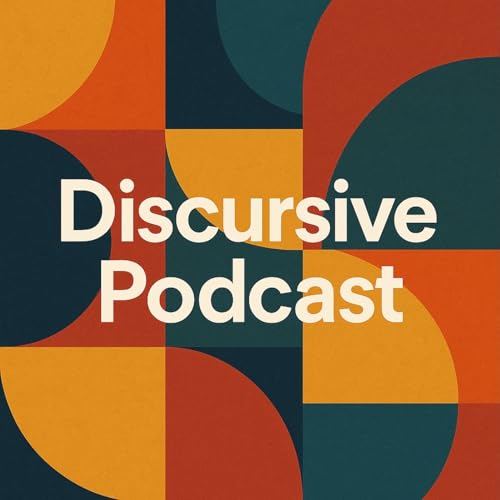A shadowy French organization is weaponizing European law to censor Archive.today through DNS-level blocking, claiming the site hosts illegal content without ever notifying Archive.today itself. AdGuard DNS investigated and uncovered evidence of a sophisticated attack vector: bad actors using fabricated legal threats and potential lawyer impersonation to pressure infrastructure companies into censorship without court oversight. The timing coincides suspiciously with an FBI investigation into Archive.today's anonymous founder, raising questions about whether this represents a new form of infrastructure-level censorship.
AWS executed its largest service deprecation in history, sunsetting 24 services simultaneously. While most are obscure, four deprecations will force significant code rewrites: the original Glacier API, S3 Object Lambda, Snowball Edge hardware, and the embarrassingly short-lived CodeCatalyst development environment. The mass cleanup signals AWS finally acknowledging that not every problem needs a separate service, clearing out what Corey Quinn calls "rotten fruit" from years of launch-everything strategy.
In a delightfully weird experiment, AI World Clocks asks nine AI models to draw analog clocks showing current time using HTML and CSS. The results accidentally mirror how human brains fail during dementia testing: missing numbers, distorted spacing, and hands pointing nowhere. Haiku 3.5 consistently forgets numbers 2, 9, 10, and 11 exist, while Qwen 2.5 produces abstract arrangements that defy mathematics. Clock drawing is a standard cognitive decline test, and these models fail in hauntingly similar ways to struggling human minds.
The episode wraps with quick updates on Google's expanded $15 billion India AI infrastructure investment, Blue Origin's first successful booster landing during a Mars satellite launch, Disney and YouTube TV resolving their distribution dispute, and the US International Trade Commission considering a new Apple Watch import ban over Masimo patent disputes.
Links Featured Stories - Security: Behind the complaints: Our investigation into the suspicious pressure on Archive.today
- Programming: AWS Deprecates Two Dozen Services (Most of Which You've Never Heard Of)
- Weird: AI World Clocks
Additional News - Google Expands India Investment to Over $15 Billion for AI Data Centers
- Blue Origin Successfully Lands Reusable Booster in Historic Mars Mission
- Disney and YouTube TV Restore Partnership After Brief Channel Blackout
- US Trade Commission Considers New Apple Watch Import Ban
 32 mins
32 mins 33 mins
33 mins Nov 19 202532 mins
Nov 19 202532 mins 35 mins
35 mins 10 mins
10 mins 13 mins
13 mins 8 mins
8 mins Nov 13 202524 mins
Nov 13 202524 mins

